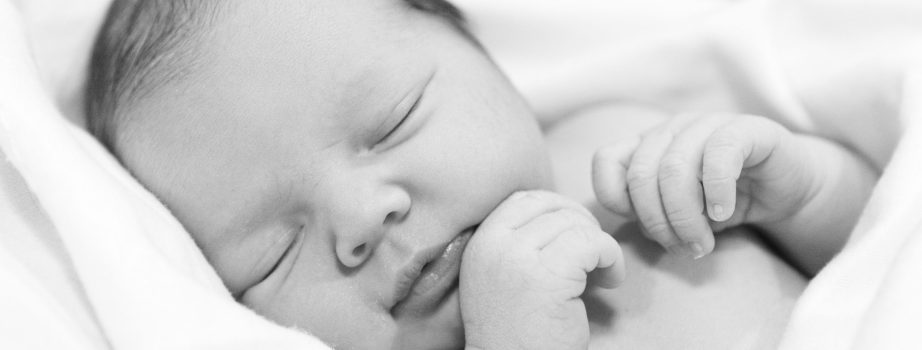Sonya’s hearing loss is non-syndromic, meaning it has no other symptoms aside from hearing loss, but for many children this is not the case. Alex Diaz-Granados, an editor at Cerebralpalsyguidance.com (an amazing resource for parents of children with cerebral palsy – by the way) lives with cerebral palsy. He penned the below guest column, which resonated deeply with me, and I hope for you too. Despite a different diagnosis, parent education and connecting with other families has been critical for us – and it’s why I started this blog!
Hearing Loss and Cerebral Palsy: What Parents Need to Know
By Alex Diaz-Granados
Studies have found that the rate of hearing loss in children born with cerebral palsy can be as high as 13 percent. For parents, to find that your child not only has this neurological condition, but also has complications like loss of hearing, is a pretty big blow. Hearing loss is just one of the possible complications of cerebral palsy, but it is a common one. Here are some important steps to take after your child gets this diagnosis:
Learn everything you can about your child’s hearing loss
Knowledge is power and the more you know, the more you can help your child. Children with cerebral palsy who also have hearing loss have one of two types:
- Conductive hearing loss means that sounds cannot get through the ear canal from the outer to inner ear. There is some kind of blockage or a problem with the ear bones. This is sometimes also called glue ear or otitis media with effusion because it often occurs with fluid buildup.
- Sensorineural hearing loss occurs when there is a problem with the auditory nerve or the hairs in the inner ear.
Either type of hearing loss may range from mild to severe. Mild cases of conductive hearing loss may clear up, but may also be corrected with surgery. The damage that causes sensorineural hearing loss is permanent, but hearing can be improved with hearing aids and cochlear implants in many cases.
Talk to your pediatrician about treatment options and specialists
Reading up on everything you can about hearing loss is a great first step. Armed with that knowledge, you can then discuss with your pediatrician what your options are. You will likely need to take your child to one or more specialists, so find out what your pediatrician recommends and get started on appointments with audiologists, otolaryngologists, and others. The sooner you find out the kind of treatment your child will benefit from, the sooner you can implement it and help him hear better or learn to live with a hearing deficit.
Reach out and talk to other parents
Talking to other parents of children with hearing loss is so important in coming to terms with your child’s hearing loss and cerebral palsy. Reaching out for information and support from the people who have already been through what you are experiencing is so powerful. A quick search online will turn up support groups for parents and families of children with disabilities, including hearing loss. Join a group and start asking questions. You’ll get plenty of good advice, and more importantly, the sense that you can do this and that your family is not alone in this struggle.
Remember that your child is a child first
When you keep in mind that your kid is just a kid, like any other, you can better teach him not to let his disability define him. He may have hearing loss, but first and foremost he is a kid who will learn, grow, and explore. It’s up to you how you guide him as he grows, and how much emphasis you place on his disability. If you teach him not to be limited by it, he won’t be.
About the author: Alex was born premature in a Miami hospital in 1963. He suffered irreversible brain damage when a nurse in the hospital’s maternity ward forgot to turn on the oxygen supply. He has overcome many physical and emotional obstacles. He currently serves as editor at cerebralpalsyguidance.com and as a freelance writer for Examiner.com.
Thank you, Alex, for sharing this valuable information!!









